FIRE ALARM
ALARM SYSTEMS
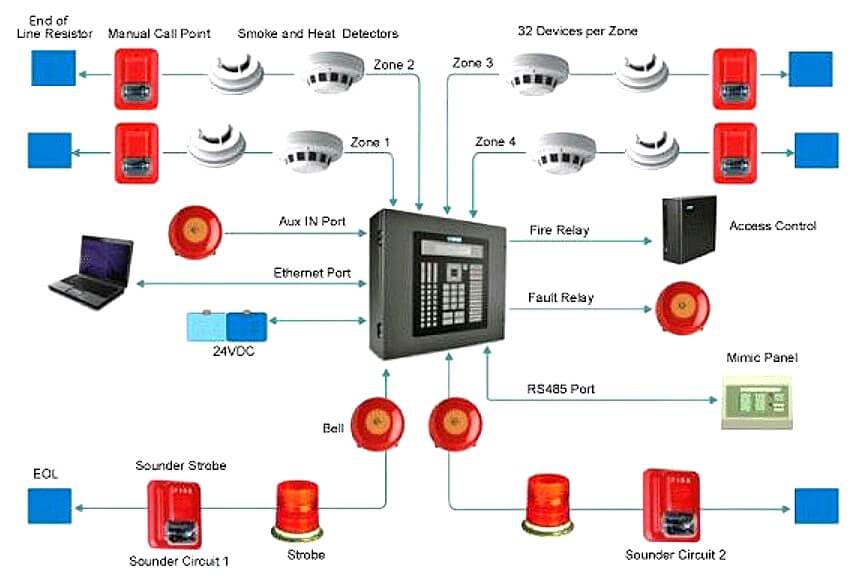

Fire alarm systems are essential components of fire safety infrastructure in buildings and facilities. They are designed to detect the presence of fire through various means and alert occupants to evacuate safely. Here’s a general description of fire alarm systems and their components:
1. Detection Devices: Fire alarm systems typically use smoke detectors, heat detectors, or flame detectors to sense the presence of fire. Smoke detectors are the most common and can be either ionization or photoelectric, each suitable for different types of fires.
2. Alarm Notification Appliances: When a fire is detected, the system activates alarm notification appliances such as horns, bells, strobe lights, or voice evacuation systems. These appliances are strategically placed throughout the building to ensure that occupants are alerted effectively.
3. Control Panel: The control panel is the brain of the fire alarm system. It receives signals from the detection devices, processes them, and activates the alarm notification appliances. It also provides a visual indication of the location of the fire.
4. Initiating Devices: These devices are used to manually activate the fire alarm system. Manual pull stations are the most common type of initiating device and are usually located near building exits.
5. Monitoring Services: Many fire alarm systems are connected to monitoring services that alert the fire department or a central monitoring station in the event of an alarm. This ensures a quick response to the fire emergency.
6. Power Supply: Fire alarm systems are typically connected to the building’s electrical system with a backup power supply, such as batteries, to ensure they remain operational during power outages.
7. Testing and Maintenance: Regular testing and maintenance of fire alarm systems are essential to ensure their proper functioning. This includes testing the alarm notification appliances, checking the batteries, and verifying the communication with monitoring services.
8. Integration with Other Systems: Fire alarm systems can be integrated with other building systems, such as HVAC and access control, to enhance overall safety and security.
9. Compliance: Fire alarm systems must comply with local fire codes and regulations. Installation, testing, and maintenance should be conducted by qualified professionals to ensure compliance and effectiveness.
Fire alarm systems are critical for early detection of fires and timely evacuation of occupants, making them essential for protecting life and property in buildings and facilities.
ALARM ACCESSORIES
Fire alarm accessories are components that complement fire alarm systems, enhancing their functionality, reliability, and effectiveness in detecting and alerting occupants to the presence of fire. Here are some common fire alarm accessories and their descriptions:
Smoke Detectors
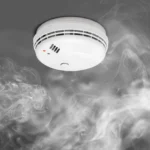
Smoke detectors are crucial components of fire alarm systems. They detect the presence of smoke particles in the air, triggering the alarm to alert occupants of a potential fire.
Heat Detectors
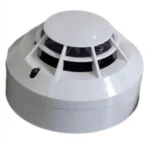
Heat detectors are designed to activate the alarm when they sense a rapid rise in temperature, indicating the presence of a fire. They are useful in areas where smoke detectors may not be suitable, such as kitchens or garages.
Manual Call Points
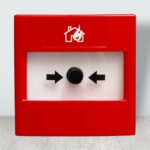
Manual call points, also known as pull stations, are devices that allow occupants to manually trigger the fire alarm in case of a fire emergency. They are typically located near exits and are easily accessible.
Sounders and Strobes
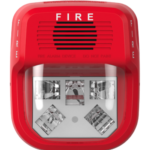
Sounders and strobes are alarm notification devices that provide both audible and visual alerts to occupants. Sounders emit loud noises, while strobes emit bright flashing lights, ensuring that the alarm is noticed by everyone, including those with hearing impairments.
Remote Indicators
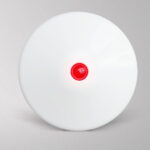
Remote indicators are additional alarm notification devices that can be installed in areas where the main alarm panel may not be visible. They provide visual indication of the alarm status, ensuring that occupants are aware of the emergency.
Fire Alarm Control Panels
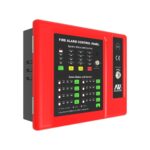
Control panels are the central hub of a fire alarm system. They receive signals from detectors and other devices, process the information, and activate the alarm and notification devices when necessary. They also provide a visual indication of the alarm’s location.
Smoke Control Systems
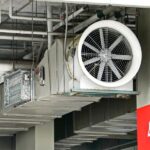
Smoke control systems are designed to manage and control the spread of smoke in a building during a fire. They may include smoke dampers, fans, and vents that are activated by the fire alarm system to contain smoke and protect evacuation routes.
Emergency Lighting
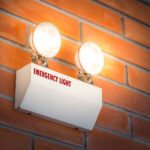
Emergency lighting is essential during a fire emergency when normal lighting may be unavailable. It provides illumination along escape routes, ensuring that occupants can safely evacuate the building.
Battery Backup Systems
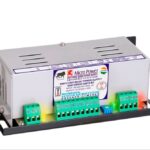
Battery backup systems ensure that fire alarm systems remain operational during power outages. They provide backup power to critical components, such as detectors, control panels, and notification devices.
Monitoring Services
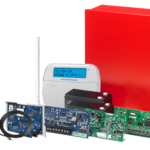
Monitoring services provide 24/7 monitoring of fire alarm systems. They can alert the fire department or building management in the event of an alarm, ensuring a prompt response to a fire emergency.
These fire alarm accessories work together to create a comprehensive fire alarm system that helps protect life and property in the event of a fire.
